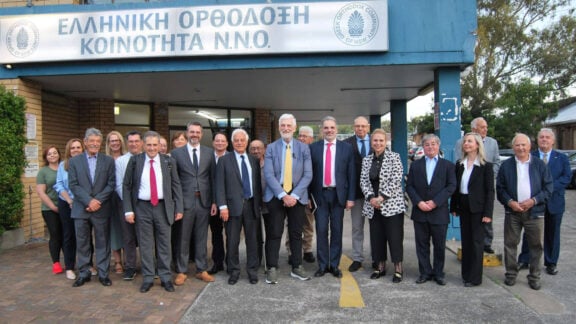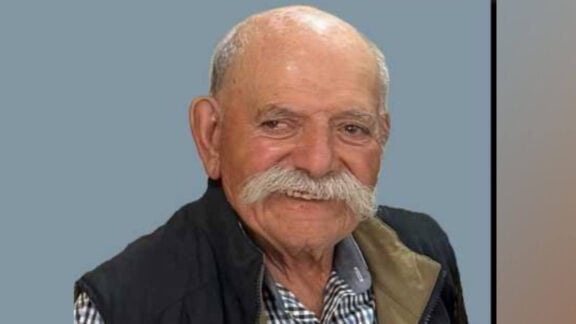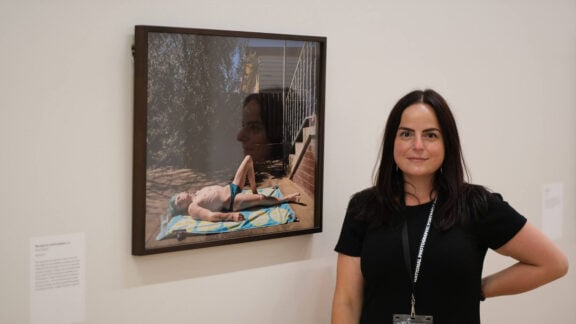Director of Kavellaris Urban Design, Billy Kavellaris’ architectural aspirations stemmed from a young age. “I wanted to be an architect as a little boy, I got my first drawing board when I was 14 years old and pretty much went on from there,” he said.
After graduating high school Kavellaris gained a diploma for architectural drafting at NMIT, then completed his degree at RMIT, in Melbourne. Working from 1995 until 2002 in various offices lead Kavellaris to a crossroads, where he decided to start his own practice in 2002.
Today Kavellaris heads up Kavellaris Urban Design, a boutique architectural firm in East Melbourne, with two other architects. “We do a bit of everything, we do a lot of residential stuff, a lot of multi residential, we do some retail,” he said. Kavellaris said the firm has a mixed clientele. “We’re a boutique sort of practice, we don’t advertise, most people come to us through referrals and after seeing our work, they’ve sort of bypassed all the processes so when they get to us, they really want what we’re providing,” he said.
Kavellaris Urban Designs handles the entire architectural process, Kavellaris said. “When a client comes to us our service is a full service where we will coordinate the entire project and all the consultants – and they may vary because there’s many of them nowadays: planners, traffic engineers, energy raters, land surveyors, engineers, lawyers…a lot of people just want one point of contact and don’t want to go through layers of bureaucracy and jargon, so we have a holistic approach,” he said.
Sharing a vision with the client is vital to the design process, Kavellaris said. “You need to get synergy between both parties for it to work. As long as the idea’s intellectually driven, we’re happy to take on any project, I don’t care about budget or scale as long as we’re able to explore interesting architectural principles then we’re happy to do it,” he said.
During his career Kavellaris has observed changes in the industry caused by population growth and immigration, especially in Melbourne. “Obviously property values have gone up, there’s been more layers of technology and bureaucracy added, which to some extent is good and some it’s very bad because it clogs up the system with red tape that you don’t need,” he said.
The trade is also becoming more specialised, Kavellaris said. “An architect can no longer just design buildings, he needs to be able to market, to understand building requirements, political requirements, service, infrastructure, all those sorts of things and I think the training needs to be a bit more diverse in the early stages, which I’m sure will be forthcoming,” he said.
Kavellaris is currently discussing a lecturing position with the University of Melbourne next year. “Our industry can change very quickly and it’ll come from the top. We have a big world issue, with climate change, and the industry, especially universities, ten years ago made an active decision to say green buildings are going to be an integral part of our teaching. The next wave of architects came out with these as the first principles in mind, and for us that’s very important,” he said. “All our projects seek to come from a sustainable design point of view from conception. It’s a huge consideration.”
For more information on Kavellaris Urban Design, visit: http://www.kud.com.au/









